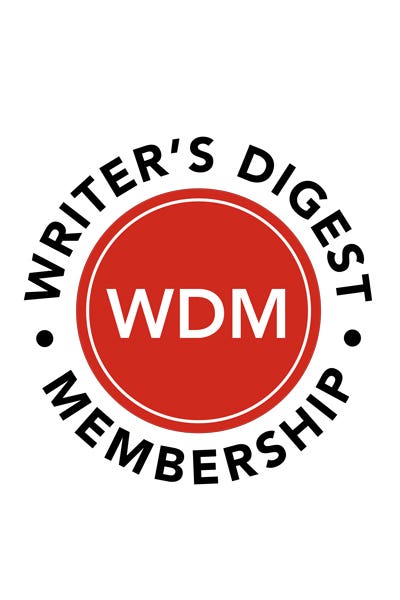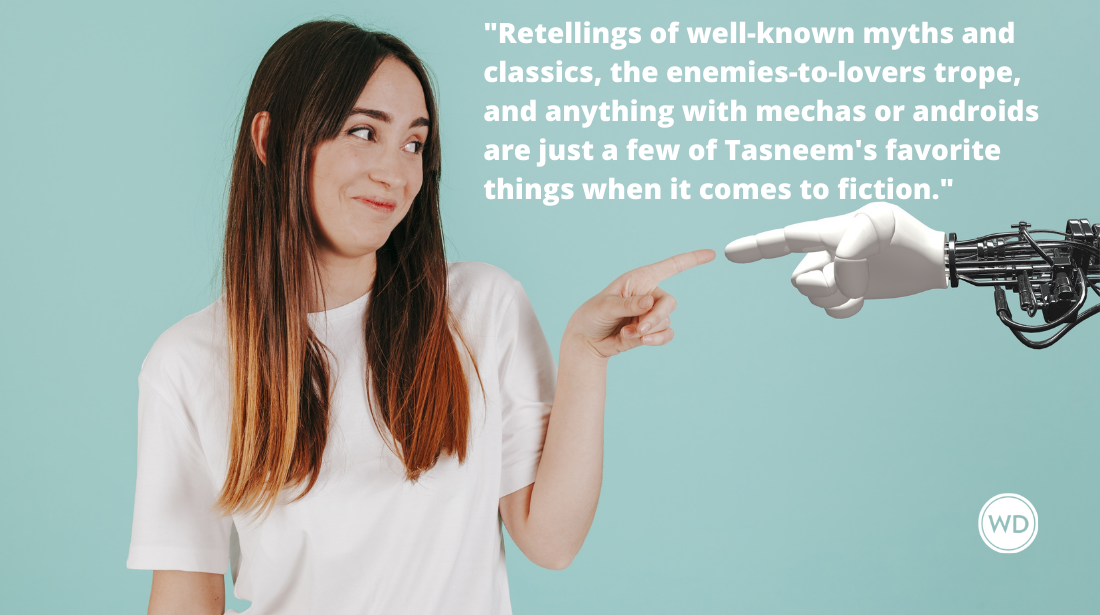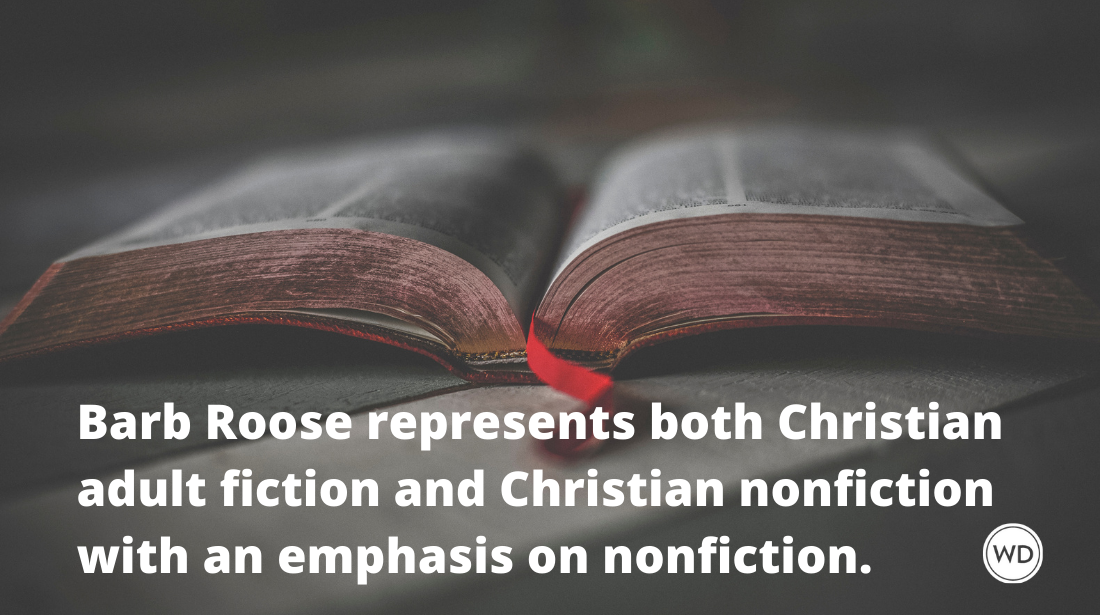What To Do When You Get an Agent But the Book Hasn’t Sold (Yet!)
Rachel Eddey, author of the debut 2012 memoir, RUNNING OF THE BRIDE, explains the process of what to do after you have found a literary agent.
Getting an agent is hard enough. But leaving your manuscript’s fate in the hands of a stranger is sometimes harder. After spending all that time conceptualizing your story and drafting your chapters and preparing your proposal, it’s often difficult to sit back. Fortunately, you don’t have to. Here are five ways writers can stay involved after they have landed an agent but before their book has sold.
Order a copy of Rachel Eddey's Running of the Bride: My Frenzied Quest to Tie the Knot.
Amazon
[WD uses affiliate links.]
1. Provide a tie-in timeline. Look at all the holidays and national events scheduled for the next six months, whether government recognized or injected into the mainstream through a large corporate sponsor. For example, did you know that March 4 is national Grammar Day? Or that June 1 is National Go Barefoot Day? Chances are, your book’s themes tie in to at least a few. However silly or tenuous they might be, making these connections for your agent in advance will help her pinpoint editorial entry points. I used Will and Kate’s 2011 royal wedding to highlight how crazed the nation is over love stories, and it helped me sell my humorous memoir, Running of the Bride.
2. Gather connections. Though agents have many relationships within the publishing industry, it is impossible for them to know everyone. Any connections you can provide are extra tools with which your agent can arm herself. If you don’t think you have any connections, think again. I don’t personally know anyone who works at Simon & Schuster, yet I have immediate access to 6,241 current and former employees. This is all thanks to LinkedIn. As resistant as some of us are to social media, it really is a powerful tool.
LinkedIn is particularly useful in helping writers connect with industry professionals because it lays out not only personal connections but also the connections the user’s friends and friends of friends have. Here’s my breakdown: I recently opened my LinkedIn account and have accumulated just 38 first-degree connections. This balloons to 13,600+ second-degree connections and 1,532,700+ third-degree connections. When I type “Simon & Schuster” into my search box, I get to that 6,241 number—and all these people all in my extended network. I can then prune that list based off what is appropriate for my particular book and present these finds to an agent, who will determine next steps.
3. Research editors. Agents are busy people. While they have a lot of tools at their disposable and priceless institutional knowledge, they don’t always have time. Writers can help here by suggesting appropriate editors. There are several ways to find these. My favorite is through a site called Publishers Marketplace, a paid service that offers, among other useful tools, a “who represents” search box. Be warned, though, that writers do have to be careful about stepping on toes here. My last agent asked me for suggestions, but individual personalities prevail in the creative world. Find what works for your agent-writer relationship.
4. Ask for advice. I wrote to David Sedaris last year asking for advice on how to sell my first book. I don’t know David. But you know what? He wrote back—on a postcard from Paris, no less—with smart, helpful suggestions. I talked these suggestions over with my then-agent and we were able to move our efforts in a different direction because of it. Hearing from people you admire not only helps you think about your own work in different ways, but can also keep you inspired.
5. Build your platform. One refrain editors like to use is that first-time authors often don’t have a platform, meaning they don’t have built-in followers from previous book sales or being a television personality or serving as a world-renowned expert in their field. By building your brand, you help convince editors that you have the power to sell books—the number one attribute they’re seeking in a writer. You can build your platform in a number of ways, from starting a blog or Twitter account to building a Facebook fan page to finding speaking opportunities in your community. The more ways you can link your name to your book’s topic, the better.
There are, of course, far more than five ways a writer can help her agent to the finish line. What has worked for you?
Rachel Eddey is the author of Running of the Bride:My Frenzied Quest to Tie the Knot, Tear Up the Dance Floor, and Figure Out Why My 15 Minutes of Fame Included Commercial Breaks (May 2012; skirt!). The memoir spans her whirlwind wedding experience, from a proposal on the Sex and the City movie set to appearing on two bridal reality shows to winning a honeymoon—in four short months. Join Rachel on Twitter, Facebook, LinkedIn or at any dive bar in New York City.







